Mammalia

Moose
Alces alces

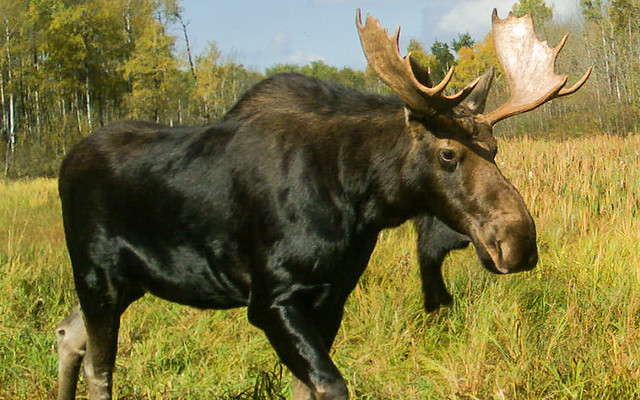
3 POINTS
Play: The moose has a MOVE of 2
Fact: When winter forage is good. such as after a forest fire, moose will birth twins. Otherwise, they have one calf a year.

White-tailed Deer
Odocoileus virginianus

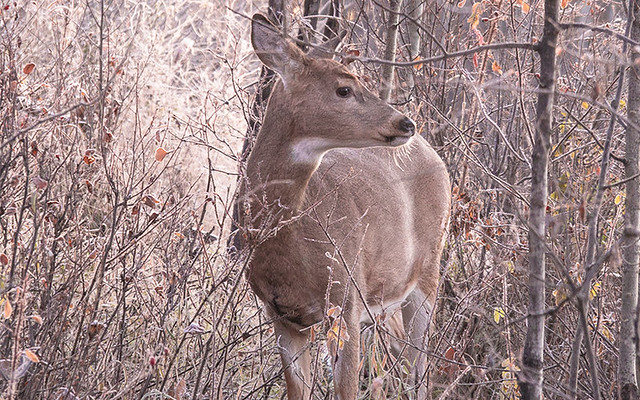
2 POINTS
Play: The white-tailed deer has a MOVE of 2
Fact: Fawns are born with spots to camouflage them from predators while they wait for their mothers to return from foraging.

Beaver
Castor canadensis

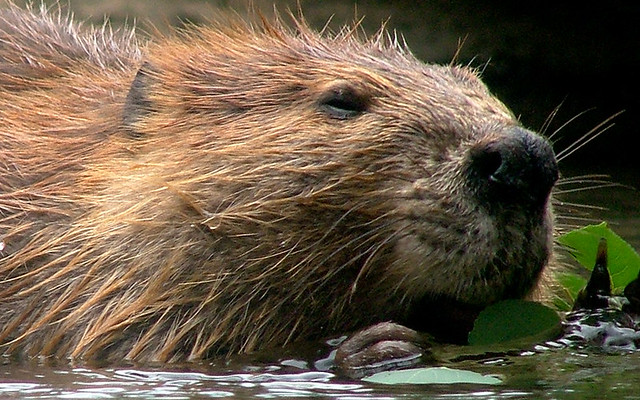
4 POINTS
Play:Fact: Beavers are a keystone species that alter the landscapes by cutting trees and damming streams to make wetlands.

Snowshoe Hare
Lepus americanus

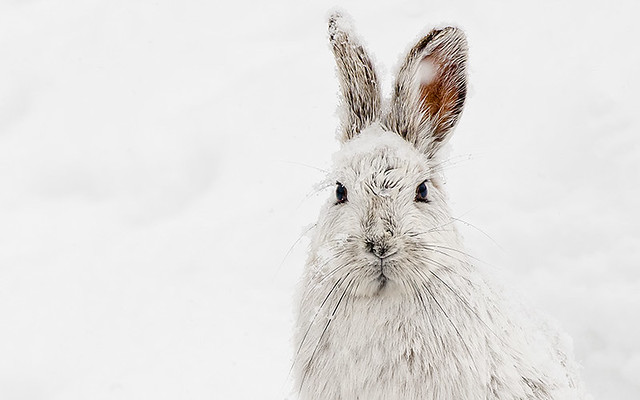
3 POINTS
Play: The snowshoe hare has a MOVE of 2
Fact: Snowshoe hares change the colour of their fur for camouflage: white during the winter and brown during the summer.

Red Squirrel
Tamiasciurus hudsonicus

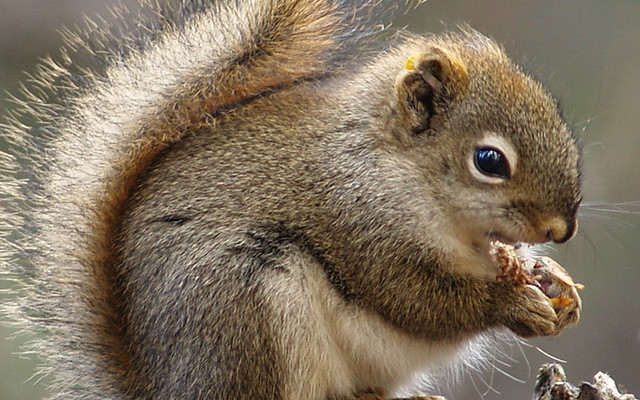
5 POINTS
Play: The red squirrel has a MOVE of 2
Fact: In addition to caching cones, red squirrels hide mushrooms in the branches of trees to dry them and save them for later.

Falkland Island’s Wolf
Dusicyon australis

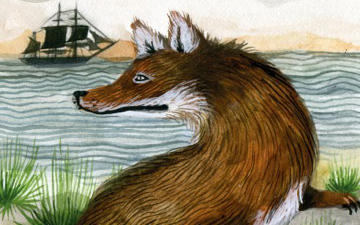
6 POINTS
Play: This wolf is EXTINCT & has a MOVE of 2.
.
Fact: Its scientific name means “foolish dog of the south,” indicative of its fearlessness, which led to it being easily hunted to extinction.